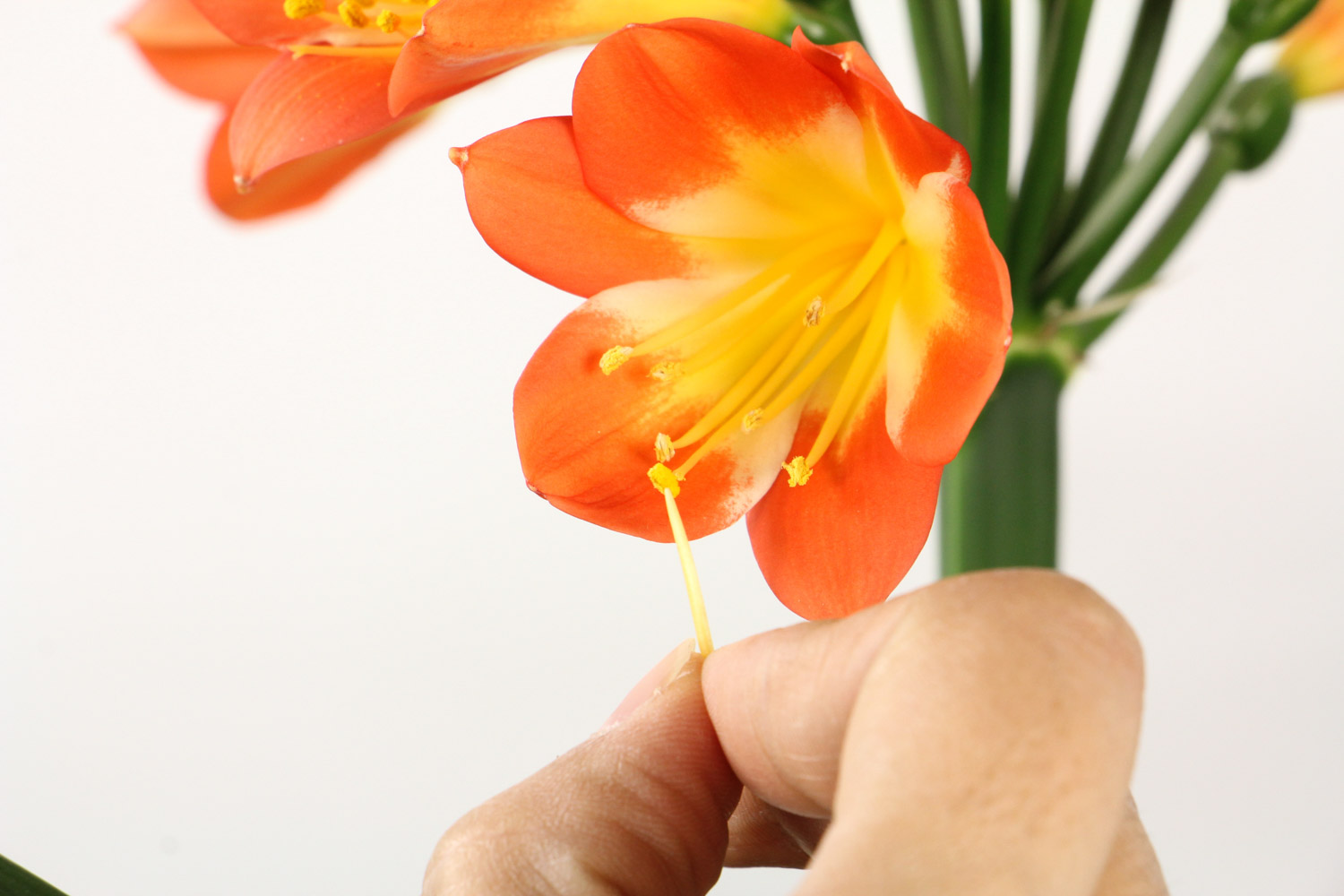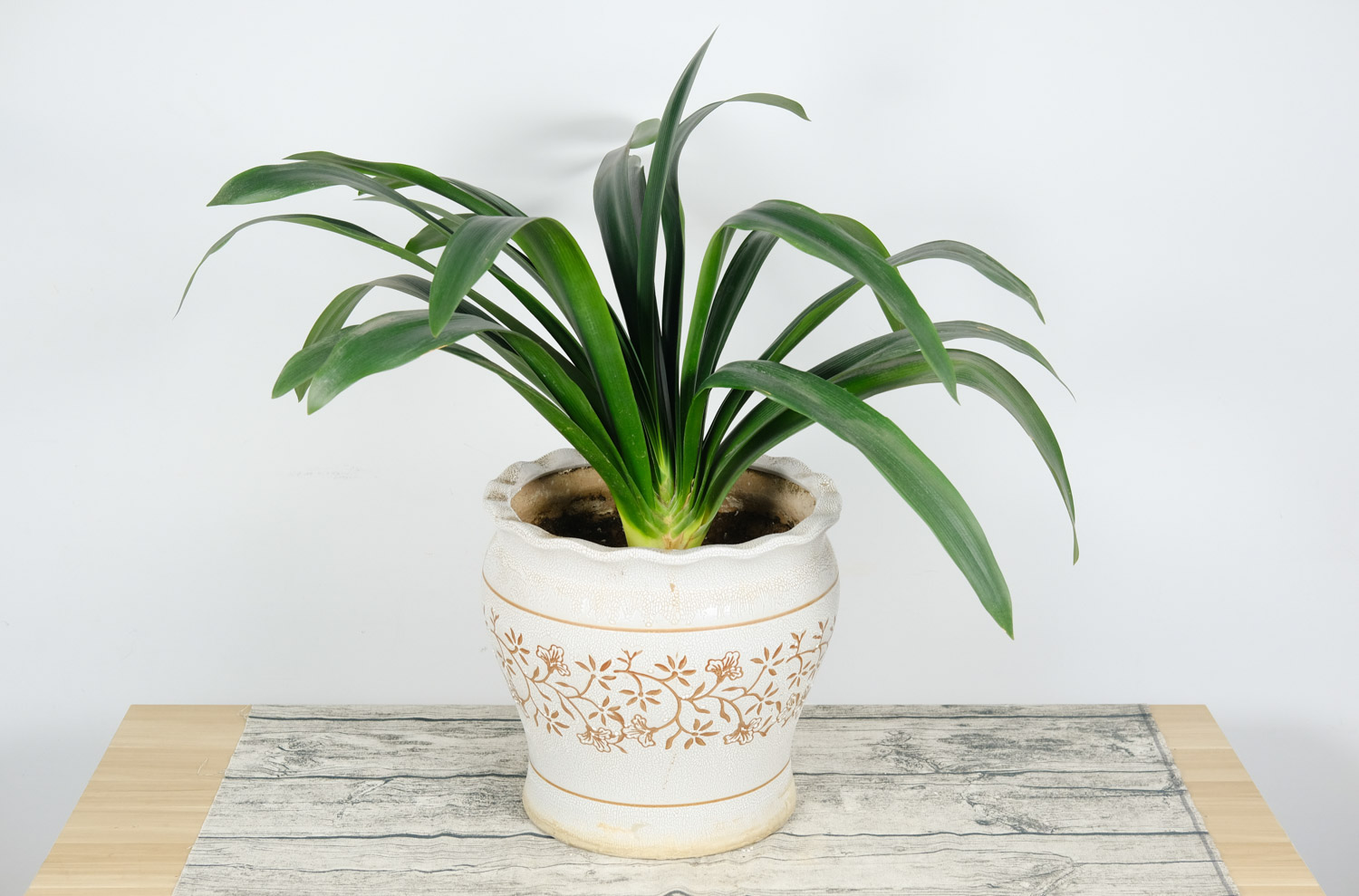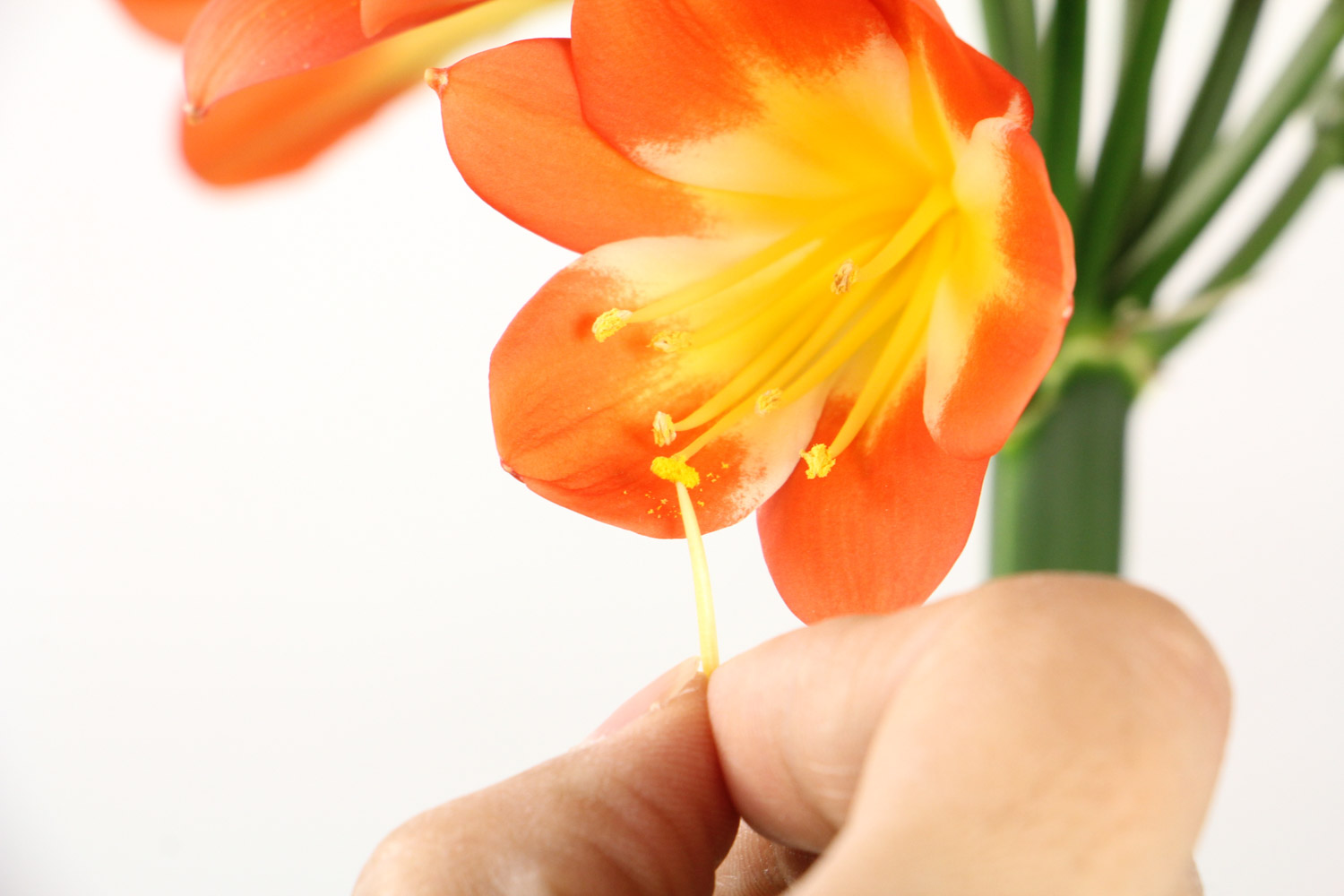1、 Water according to season
Clivia has different water demand in different seasons. The plants resume growth in spring, so they need to be watered gradually, usually once a day. In summer, the temperature is relatively high, the evaporation rate of water is fast, and the soil is easier to dry. In addition to watering every day, spray water around to increase air humidity. If it is cloudy and rainy, you can not water it to avoid breeding bacteria in a too humid climate. When the temperature decreases in autumn, the number of watering can be reduced. Watering can be done every other day. It's cold in winter. It's usually watered once a week

2、 Water according to the degree of dryness and wetness
Although watering by season is very fixed, sometimes the water can not be well controlled due to regional and climate differences. Therefore, it is best to water through the dry and wet degree of soil. Although this plant has strong drought tolerance, it still needs to ensure sufficient water during its growth period. Check the soil regularly, start watering when the soil is half dry, don't pour too much, and keep the soil moist without moisture, which is the case in any season

3、 Precautions
1. Watering position: do not water Clivia from the top of the plant. If the water enters the heart of the leaf, it will easily lead to decay. Generally, pour the water slowly along the basin wall, which makes it easier to control the water volume and won't pour too much

2. What kind of water to use: magnetized water is best for watering Clivia, but this kind of water is not common. It's also good if you can collect rainwater, river water or snow. Of course, you can also use the water in the pond, but it's not so good in comparison. The worst thing is tap water. Generally, tap water can not be used directly. It should be put for a few days first. After harmful substances precipitate and chlorine volatilizes, it can be watered with it
3. What to do if you water too much: if you water too much, the first thing to do is to drain the water in time and discharge the excess water. Then loosen the soil properly and keep the environment ventilated so that the water can evaporate as soon as possible. If the water has accumulated for a period of time, it is necessary to remove the plants from the pot, check and trim the roots, and then replant them in dry soil

 jackfruit
jackfruit snake plant
snake plant hibiscus
hibiscus hydrangea
hydrangea lavender
lavender Green roses climb al...
Green roses climb al... If you don't pay att...
If you don't pay att... Management of four g...
Management of four g...































